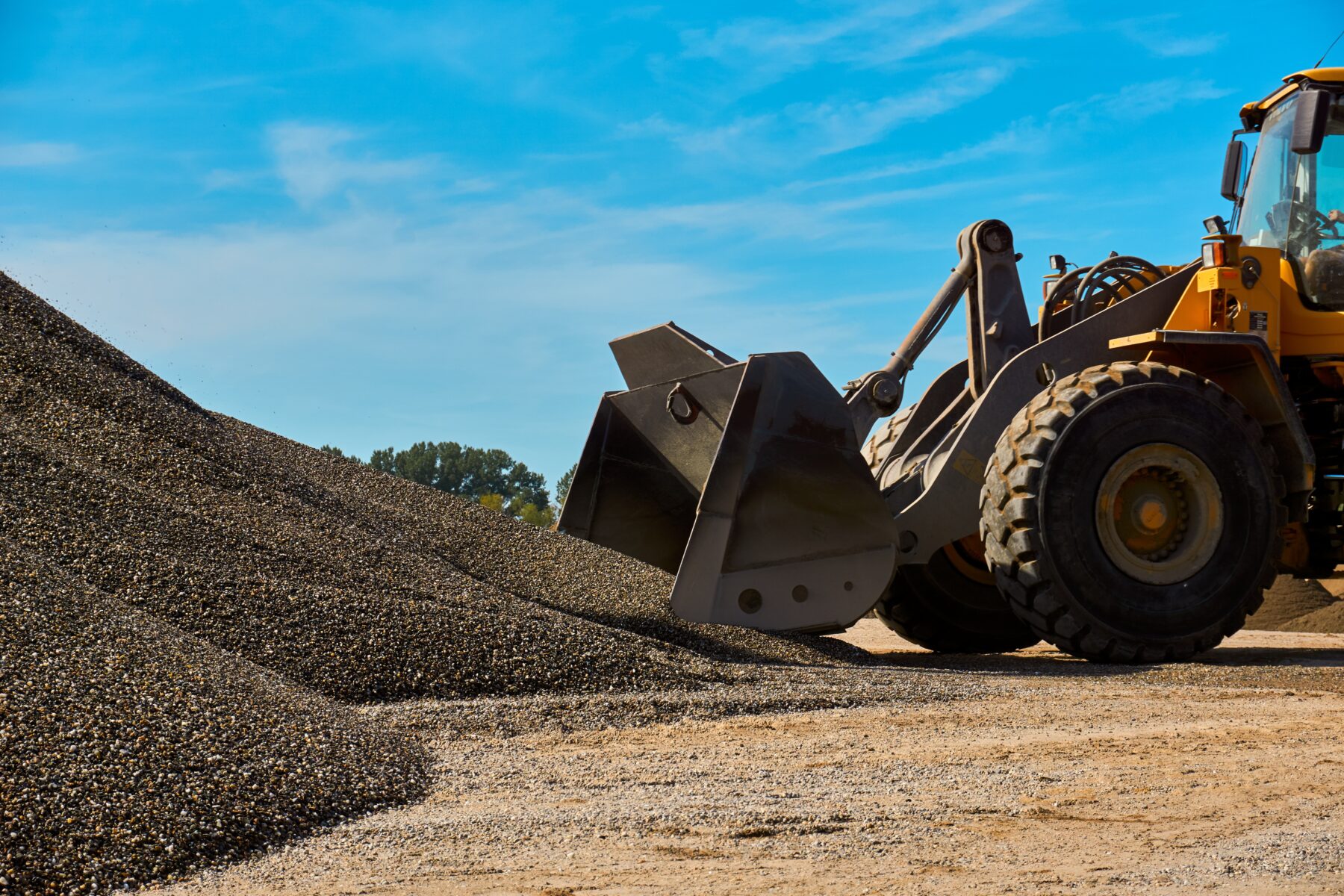The Role of Aggregate Quality in Large-Scale Construction Projects
The success of any large-scale construction project hinges on the quality of its foundation, quite literally. Aggregates, in the form of sand, gravel, or crushed stone, dictate the strength, durability, and overall performance of concrete and asphalt. With today’s massive infrastructure demands, ensuring aggregate consistency and reliability isn’t just a best practice. It’s a necessity.
March 7, 2025
Understanding Aggregate Quality Standards
Industry standards aren’t just about compliance. They define the very performance benchmarks that determine whether a structure stands the test of time or falls victim to early failure. Organizations like the American Society for Testing and Materials (ASTM) set the bar high, with ASTM C33 outlining specifications for fine and coarse aggregates in concrete. These regulations don’t just keep projects legally compliant. They serve as safeguards against costly structural defects and safety hazards.
But meeting standards is just the beginning. True quality control involves rigorous testing. This takes the form of everything from crushing resistance to environmental impact assessments. Construction firms demand third-party verification, not as an extra layer of bureaucracy, but as a defense against defects that could undermine structural integrity.
The Impact on Structural Durability and Longevity
Inferior aggregates are a ticking time bomb. Weak or poorly graded materials invite early cracking, erosion, and moisture intrusion, slashing the lifespan of roads, bridges, and buildings. It’s not uncommon to see many structural failures traced back to subpar materials. The lesson is simple. Aggregate quality isn’t just about longevity. It’s about liability.
On the other side, high-performance aggregates offer superior compressive strength, enhanced resistance to freeze-thaw cycles, and reduced maintenance costs. For large-scale infrastructure, they’re a proven advantage, and in many ways, a requirement.
The Cost of Cutting Corners on Aggregate Quality
The appeal of lower-cost aggregates is understandable, but the short-term savings rarely justify the long-term expense. Substandard materials often lead to premature repairs, replacements, and in worst-case scenarios, full structural failures. The financial burden doesn’t stop at repair bills. Legal disputes, project delays, and reputational damage can cost firms far more than what was saved on materials.
Supply chain instability adds another layer of risk. With tighter quality control expectations, procurement strategies must prioritize sourcing reliability over initial cost savings.
Innovations Reshaping Aggregate Production
Advancements in technology are revolutionizing how aggregates are produced, tested, and implemented. Digital monitoring now enables real-time quality assessments, ensuring materials meet strict performance standards before they ever reach a job site. AI-driven analysis and automated testing have further minimized the margin for error.
Sustainability is another driving force behind industry innovation. Recycled aggregates, sourced from crushed concrete and repurposed industrial waste, are gaining traction. They offer a lower environmental impact while still delivering performance on par with natural materials. The push toward carbon-neutral aggregate production has also fueled electrification efforts in mining and processing operations.
Overcoming Adoption Challenges
Despite the clear advantages of high-quality aggregates, widespread adoption faces hurdles. Availability issues, regulatory inconsistencies, and resource limitations all slow down progress. Sustainable aggregates, for instance, require additional processing, making them less accessible than traditional options.
Construction firms also have to navigate a regulatory landscape that shifts by region, affecting material certification and approval processes. Solving these challenges requires an industry-wide commitment to sustainable sourcing, better procurement strategies, and a shift in mindset—from focusing on upfront cost savings to prioritizing long-term value.
As infrastructure projects scale in complexity, material quality will only grow in importance. The future of aggregate production lies in improved testing methodologies, greater acceptance of recycled materials, and digital supply chain solutions that ensure consistency and efficiency. Companies that embrace these advancements won’t just protect their projects. They’ll position themselves for long-term success in an increasingly competitive market.

